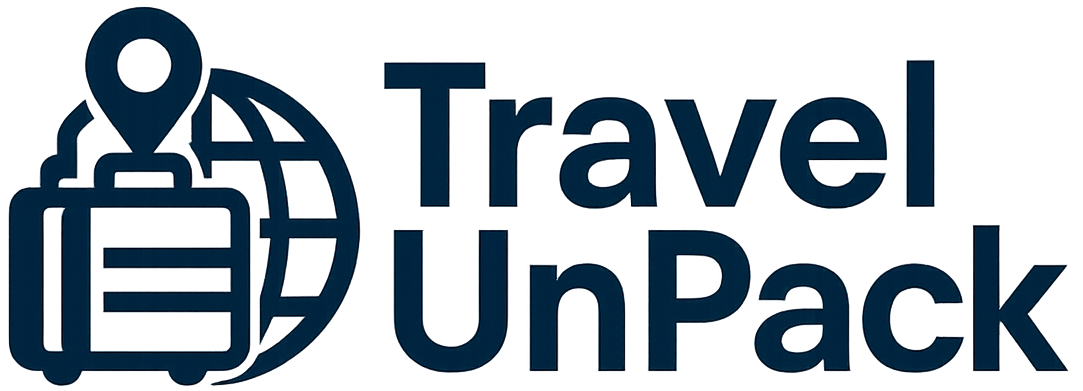Learning through Self-Imposed Challenges: How to Accelerate Your Professional Development
Have you ever felt that you were stagnating in your career, repeating the same tasks without progressing? The learning through self-imposed challenges can be the key to breaking out of this cycle. This approach consists of setting intentionally difficult goals that force you out of your comfort zone and acquire new skills quickly. But how do you apply this in practice?
Imagine a marketing professional who only works with social media and decides to learn data analysis in order to better understand campaign performance. Instead of just taking a basic course, he sets himself the challenge of creating a complete dashboard in three months. The result? In addition to mastering new tools, he gains a competitive edge in the market.
In this article, we'll explore how you can use this strategy to boost your career. From setting goals to maintaining motivation, each stage will be detailed with practical examples and actionable tips.
What Self-imposed Challenge Learning Is and Why It Works
Learning through self-imposed challenges isn't just about studying more, it's about create obstacles on purpose that require a high level of effort and creativity. This technique is based on the idea that the brain learns best when faced with situations that require adaptation and complex problem-solving.
For example, a programmer who has already mastered Python can challenge himself to develop an application in a month using a completely new language, such as Rust. The pressure of the deadline and the technical difficulty accelerate learning exponentially.
Studies in the field of cognitive psychology show that moderately difficult challenges increase knowledge retention and the ability to apply what has been learned in real contexts. According to the optimal challengeWhen a task is slightly above our current skill level, it maximizes engagement and growth.
But beware: this doesn't mean throwing yourself into impossible situations. The secret lies in balance. If the challenge is too easy, you won't progress; if it's too difficult, you might give up. Want to find out how to find that sweet spot? Read on.
How to Set Challenging (But Realistic) Goals
The first step is to choose objectives that are ambitious but achievable. A vague goal like "learn English" isn't enough. Instead, try something like "be able to give a 15-minute presentation in English to colleagues at work in three months".
A common mistake is to underestimate the time needed or overestimate your own capacity. To avoid this, use the SMART (Specific, Measurable, Achievable, Relevant, Time-bound). For example, a graphic designer might define: "Create a portfolio of 10 pieces in a minimalist style by the end of the quarter".
Another valuable tip is break the challenge down into smaller steps. If you want to move into a different area, start with micro-projects. An accountant who wants to enter the data analysis market might first automate spreadsheets using Python before trying to build a predictive model.
What if you don't know where to start? Consider seeking inspiration from professionals who have already achieved what you want. Platforms such as LinkedIn e Medium are great for finding real cases.
The Importance of Leaving the Comfort Zone
Getting comfortable is the biggest enemy of professional growth. When we repeat the same activities, our brains go into automatic mode and learning slows down. Getting out of your comfort zone means taking calculated risks which generate temporary discomfort but bring long-term gains.
Think of a salesperson who is afraid of public speaking. Instead of avoiding presentations, they could sign up for a public speaking course or take part in events such as the Toastmasters. Initial nervousness gives way to confidence, and this skill opens doors to promotions.
Discomfort can also come from taking on projects beyond your current experience. A junior manager who agrees to lead a multidisciplinary team, even if he doesn't have all the answers, develops management skills much faster than if he expected to be "100% ready".
But how do you deal with the anxiety this generates? One strategy is normalize the error. Instead of fearing failure, see setbacks as part of the process. Great innovations come from trying and adjusting.
Tools and Techniques for Maintaining Motivation
Staying focused on a difficult challenge isn't easy. The initial motivation fades, and that's when many people give up. That's why it's crucial to create support systems that keep you on the right track.
An effective technique is progress monitoring. Use applications such as Trello or Notion to list tasks and mark achievements. Seeing how far you've come reinforces your determination.

Another approach is social accountability. Share your goals with colleagues, mentors or in online communities. When other people follow your progress, the positive pressure helps you move forward.
What if procrastination strikes? Try Pomodoro techniqueworking in 25-minute chunks with short breaks. This reduces the feeling of overload and maintains productivity.
Finally, celebrate the small victories. Every step you take deserves recognition. This reinforces your growth mindset and keeps your spirits high.
How to Measure Progress and Adjust Course
Setting goals is important, but evaluate the results is essential to ensure that you are on the right track. Without clear metrics, it's hard to know if the effort is paying off.
Start by establishing key performance indicators (KPIs). For example, if your challenge is to improve your writing, track the number of articles published or the feedback from readers.
If, after a few weeks, you notice that you're not progressing as expected, don't hesitate to reassess the strategy. Perhaps the study method needs to be adjusted, or the deadline extended. Flexibility is crucial.
A useful tool for this is 360º feedbackwhere you collect opinions from colleagues, superiors and even subordinates. Platforms such as SurveyMonkey can help you create quick searches.
Remember: the goal is not perfection, but progress. If something isn't working, change tactics, but don't give up on the challenge.
Real Cases of Professionals Who Have Used This Technique
Nothing inspires more than real stories. Let's see how some professionals transformed their careers with self-imposed challenges.
Ana, front-end developerShe wanted to migrate to the back-end. Instead of just studying theory, she undertook to build a functional API in Node.js in two months. The project failed three times, but on the fourth attempt, she succeeded - and today she works as a full-stack developer.
Carlos, history teacher, decided to learn video editing in order to create educational content on YouTube. His challenge was to publish one video a week for six months. The channel grew and became a source of extra income.
These examples show that action generates results. It's no use just planning; you have to get down to work, even with limited resources.
Next Steps: How to Get Started Today
Now that you understand the theory, it's time to take action. How about setting your first self-imposed challenge today?
Start small, but think big. Choose a skill that adds value to your career and create a tangible project around it. If you need inspiration, explore platforms such as Coursera or Udemy to find courses that can help.
Write down your goal in a visible place and share it with someone you trust. Make a public commitment and set weekly check-ins to assess progress.
And most importantly: don't wait for the perfect moment. It will never come. The best time to start is now.
Are you ready to leave your comfort zone and accelerate your professional development? The challenge is yours.



